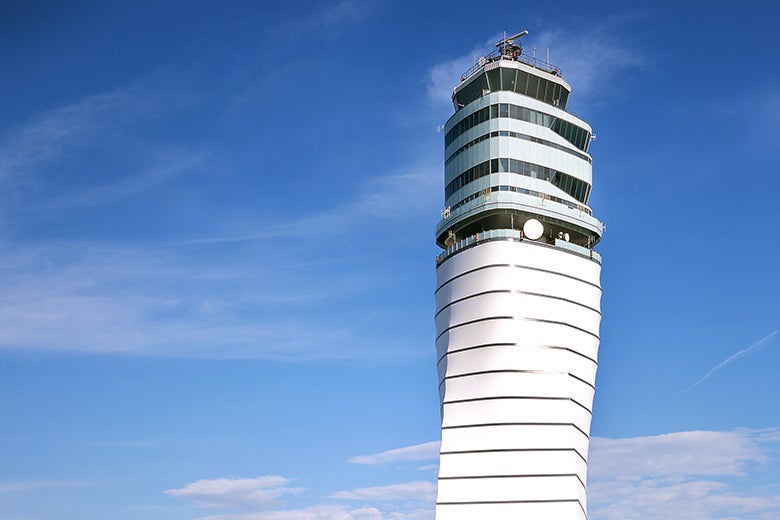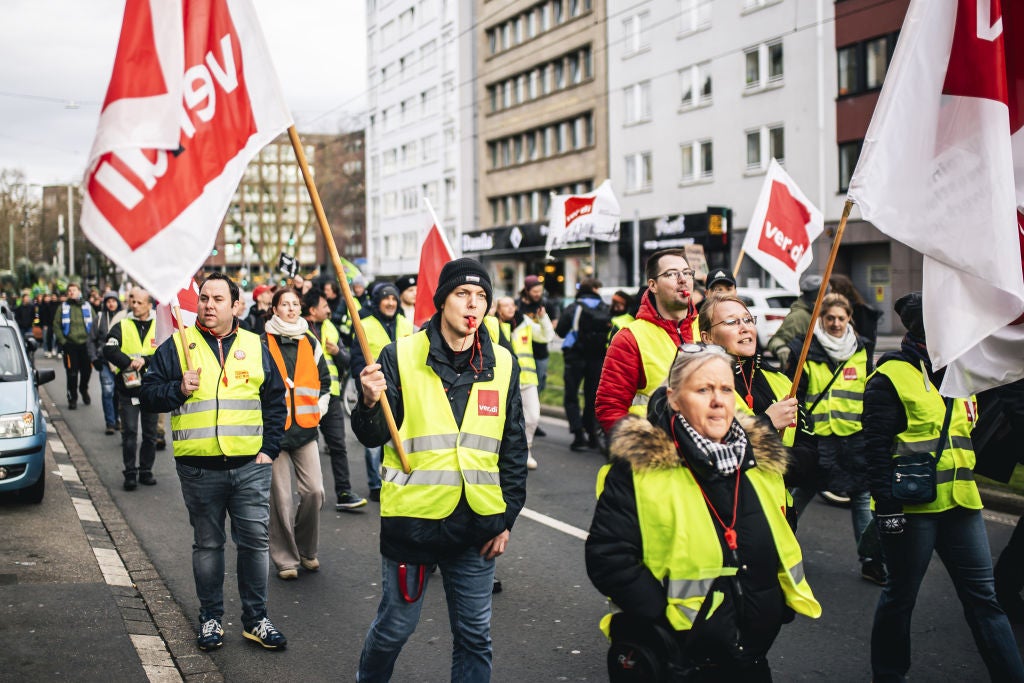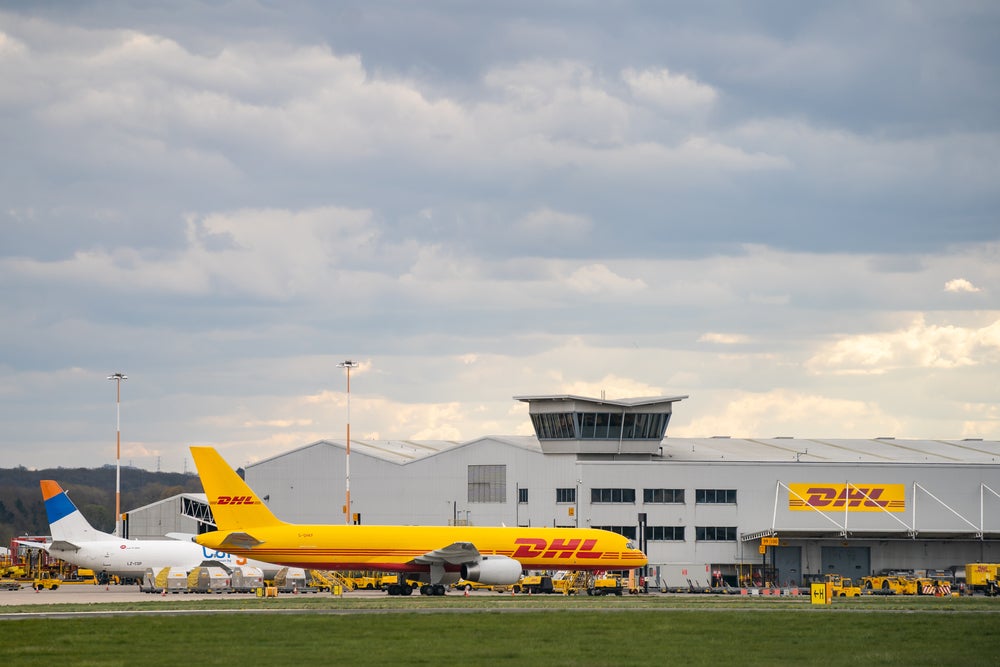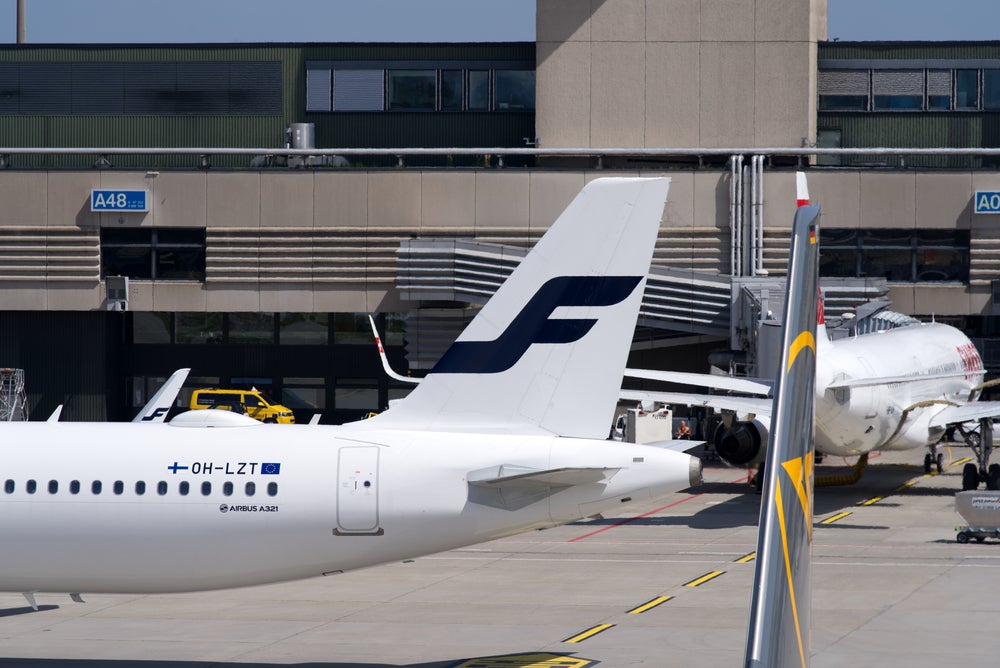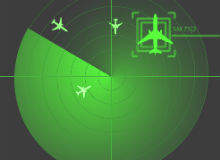

In 1999, the European Commission (EC) outlined a bold vision for the future of air traffic control (ATC) operations in Europe. Faced with unprecedented consumer demand and spiralling air traffic management (ATM) costs, the Single European Sky (SES) project proposed a radical overhaul of the continent’s fragmented ATC network, one that alleviated congestion, cut costs and prioritised safety by organising airspace into functional blocks according to traffic flows rather than national borders.
The first SES package, known as SES1, was adopted in 2004, followed by an updated version in 2009 that aimed to establish targets in key areas of aviation safety, network capacity, cost-effectiveness and environmental impact. Yet despite these initiatives, significant delays in implementation meant that the ultimate goal of a harmonised pan-European ATC network remained frustratingly elusive.
In a further effort to accelerate reform of air navigation services, the EC published a controversial interim update of the SES rules, named Single European Sky 2+ (SES2+), in June of last year. Focusing on seven major areas, it has put the commission on a collision course with aviation industry leaders in France and Germany as well as ATC workers’ unions across multiple EU member states.
"We regularly compare European ATM systems with those in the US because the geographical and operational environments are similar," explains Maurizio Castelletti, head of the SES Unit at the European Commission. "The US has almost 35% less air traffic controllers than Europe and yet they are able to control almost 60% more flights, so there are questions around productivity.
See Also:
"However, this hides the issue of airspace fragmentation in Europe. In the US a single entity provides ATC services, while in Europe you have one entity per member state, so this has a huge impact."
How well do you really know your competitors?
Access the most comprehensive Company Profiles on the market, powered by GlobalData. Save hours of research. Gain competitive edge.

Thank you!
Your download email will arrive shortly
Not ready to buy yet? Download a free sample
We are confident about the unique quality of our Company Profiles. However, we want you to make the most beneficial decision for your business, so we offer a free sample that you can download by submitting the below form
By GlobalDataEurope’s saturated skies: the potential impact of the SES2+ amendments
In Europe, 28 national ATC systems currently manage around 60 air traffic centres divided into more than 650 sectors. Through SES2+, the EC further proposes to defragment the ATM industry in Europe and make performance target-setting more independent and enforceable.
The commission also plans the organisational and budgetary separation of national supervisory authorities (NSAs) from air traffic control organisations in order to improve safety and oversight, and wants ATM services to be subject to public procurement rules in order to drive cost efficiency.
"Two of the seven changes outlined in SES2+ are highly disputed," explains Castelletti. "These are the institutional separation of national supervisory authorities (NSAs) from air navigation service providers (ANSPs) – a big change for certain European member states such as France, which only has a functional separation at present – and the separation of ATC and technological support services.
"We should distinguish between core ATM operations and support services such as communication, navigation, meteorological information and surveillance. The idea is to create an open market for these services and the unions are concerned that competition in this field may lead some providers to outsource in an effort to reduce costs, resulting in job losses."
Castelletti disputes claims that safety may be compromised, citing a successful stand-alone support service that already runs separately from core ATM operations, the European Geostationary Navigation Overlay Service (EGNOS), a pan-European satellite navigation system that augments US GPS satellite navigation technology.
"EGNOS is to some extent a different entity and automatic dependent surveillance-broadcast (ADS-B) could also be perceived as a separate support network that already exists today," he explains. "The new ATM business model may result in reduced costs and because staff account for 50% of ATC expenditure, this may result in job losses. However, positions may be created in other sectors in terms of new technology."
Strike force: industrial action by the ATCEUC and the European Parliament vote
Castelletti and the EC make a compelling case for the implementation of SES2+ and they have the near-unanimous support of the European Parliament’s transport MEPs, who voted overwhelmingly in favour of the new legislation on 30 January.
Julian Turner reports on the controversy over furloughs and sequestration in the US, and potential implications for aviation industry stakeholders.
Workers unions remain unconvinced, however. On the day of the European parliament vote, the Air Traffic Controllers European Unions Coordination (ATCEUC), which represents 28 unions and 14,000 controllers across Europe, led a day of industrial action, claiming that the new performance targets and cost-cutting measures could compromise safety and result in the loss of up to 10,000 jobs.
"The unions were disappointed, not only by the SES2+ proposal, but also by the proposed targets for the second reference period of the performance scheme, which they viewed as too radical and not taking into account sufficiently that safety has a cost," says Castelletti. "They were also critical of the pressure that the scheme places on the ATC system.
"However, the European Parliament has since voted in the plenary on the SES2+ proposals and has removed the requirement for separation of support services, meaning it should now be more acceptable to the unions. The last strike on 18 March mostly involved French ATC staff, but the unions may decide to take more action if the council decides to start discussing the SES2+ proposal later this year.
"We must now wait and see how the EC member states react. If France and Germany remain reluctant then there is a limited prospect of the SES2+ proposals succeeding. The aviation industry in France is very strong and the authorities there fear that by changing their industrial model and splitting the aviation chain into different parts they may lose synergies between different sectors."
In Germany, opposition to SES2+ may have more to do with Functional Airspace Blocks (FABs), which are designed to allow ATC and navigation services to develop industrial partnerships across national airspace borders. Progress in the central European FAB has so far been slow, as Castelletti explains.
"In Germany, Deutsche Flugsicherung, the company in charge of air traffic control, tends to be in favour of a market approach since it is well placed to become a strong competitor," he explains. "From the political point of view, however, they are on the defensive side, which may reflect the discussion inside the FAB in central Europe.
"There is a different philosophy in France and Germany concerning the way you provide ATM services and this has created difficulty when it comes to advancing with the FAB."
Formation flying: incentivising pan-European collaboration
The European ATM system currently handles around 26,000 flights every day at a cost to airspace users of around €8bn a year.
Reducing these costs, coping with the inexorable rise in traffic and ensuring safety standards remain high requires the collective will of all aviation stakeholders, including airspace users, who, under the new SES2+ rules, will take a more active role in the strategic and business governance of ANSPs.
"Already today, the performance scheme requires every ANSP to submit a business plan covering a period of three to five years," explains Castelletti. "Certain airspace users are already sitting on the boards of ANSPs in order to express their views on these strategic documents. We want to provide transparency on what the ANSP will do in the short to medium term and to get feedback from airspace users.
"We are further trying to ensure that the operational changes in the Single European Sky ATM Research (SESAR) are introduced as a priority in a synchronised manner."
SES2+ also aims to expand the role of the Network Manager, giving it more influence in the definition of airspace design and providing centralised services.
"Even though the UK is not happy to see the EC gain more power," says Castelletti, "the authorities there and in the Nordic countries like very much the idea of departing from the existing situation of an industry under strict state control in favour of one that is given the freedom to run the business in a more commercial manner and create opportunities to export that system beyond Europe."
Follow Julian Turner on Google+



